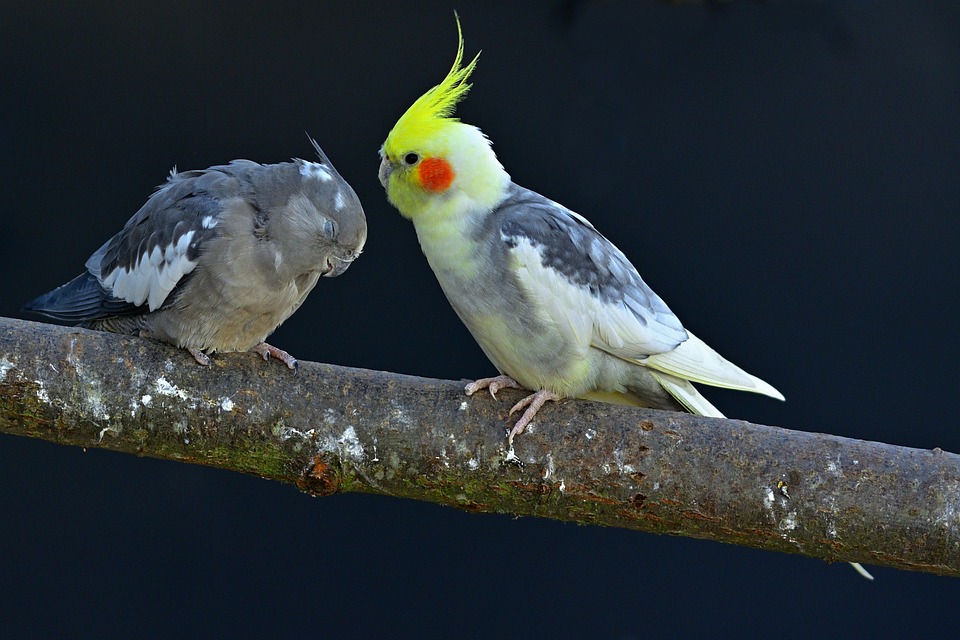Teaching Your Parrot to Station: A Guide to Perching on Designated Spots
Introduction:
Parrots are intelligent and social creatures that thrive on mental stimulation and interaction with their human companions. Teaching them to station or perch on designated spots not only provides mental enrichment but also helps keep them engaged and prevents unwanted behaviors. In this article, we will explore effective techniques to train your parrot to station and provide valuable insights into their behavior. Additionally, we will address some frequently asked questions related to parrot training.
I. Understanding Parrot Behavior
A. Natural perching behavior
Parrots have a natural instinct to perch and spend a significant amount of time on branches or elevated surfaces in the wild. Understanding this behavior is crucial for successful training.
B. Importance of stationing training
Stationing training helps parrots develop a sense of security and stability. It also encourages them to stay in a designated area and reduces the chances of destructive behavior or accidents.
C. Factors influencing training success
Factors such as the parrot’s age, previous training experiences, and individual temperament can influence the success of stationing training. Patience, consistency, and positive reinforcement are key to achieving desired results.
II. Preparing for Training
A. Selecting suitable perching spots
Choose spots that are easily accessible to your parrot and provide a comfortable and secure perch. Ensure that the spot is away from potential hazards or distractions.
B. Essential training tools
Target sticks, treats, and a clicker (optional) can be valuable tools during the training process. These tools help establish a positive association with the designated perching spot.
C. Creating a positive training environment
Create a calm and distraction-free environment for training sessions. Minimize noise and disturbances that could divert your parrot’s attention.
III. Step-by-Step Training Process
A. Basic targeting exercises
Begin by introducing your parrot to target training, where they learn to touch a target stick with their beak or foot. This exercise establishes a foundation for further training.
B. Introducing the designated perching spot
Identify a specific spot where you want your parrot to perch. Gradually introduce the spot by placing treats or toys nearby to encourage voluntary approach.
C. Shaping the desired behavior
Reward your parrot for getting closer to the designated spot and making contact with it. Gradually increase the criteria for reinforcement until they consistently perch on the spot.
D. Gradual advancement and generalization
Once your parrot is comfortable perching on the designated spot, increase the duration of perching gradually. Additionally, introduce training on various designated spots to generalize the behavior.
IV. Troubleshooting and Common Challenges
A. Dealing with fear or reluctance to approach the spot
If your parrot shows fear or reluctance, go back to previous steps and reinforce positive associations. Break the training into smaller steps and gradually build up their confidence.
B. Addressing distractions during training sessions
Minimize distractions during training sessions and gradually introduce them as your parrot becomes more proficient. Use higher-value treats or toys to maintain their focus.
C. Overcoming resistance to perching on certain spots
If your parrot resists perching on specific spots, evaluate the environment for potential reasons such as discomfort or fear. Address any underlying issues and provide positive reinforcement for progress.
V. FAQs – Frequently Asked Questions
1. Can any parrot be trained to station?
While most parrots can be trained to station, individual temperament and previous training experiences can influence the ease of training.
2. How long does it take to teach a parrot to perch on designated spots?
The training duration varies depending on the parrot’s individual progress and learning capabilities. It can take anywhere from a few days to a few weeks.
3. What treats or rewards should I use during training?
Use small, healthy treats that your parrot finds rewarding. Experiment with different options such as fruits, nuts, or commercially available bird treats.
4. Can I train my parrot to perch on my shoulder?
Shoulder perching can be trained once your parrot has mastered stationing on designated spots. However, ensure that your parrot is comfortable and secure before attempting shoulder training.
5. Is it possible to train multiple parrots to station together?
Yes, it is possible to train multiple parrots to station together. However, it requires additional patience and individual attention to ensure each parrot understands the training goals.
Conclusion:
Training your parrot to station or perch on designated spots is a rewarding endeavor that enhances their cognitive abilities and strengthens the bond between you and your feathered friend. By following the step-by-step training process outlined in this article and being patient, consistent, and positive, you can successfully teach your parrot this desirable behavior. Remember to tailor the training to your parrot’s individual needs and always prioritize their safety and well-being. Happy training!
Note: As an AI, I do not have personal experience with parrot training. The information provided in this article is based on general knowledge of parrot behavior and effective training techniques. Always consult with avian experts or experienced trainers for specific guidance and advice regarding your parrot.









